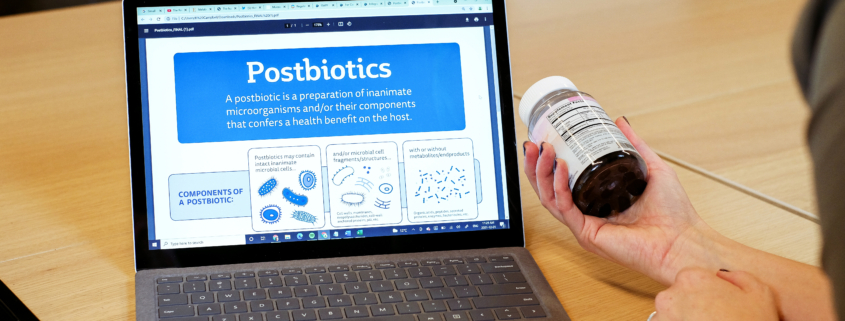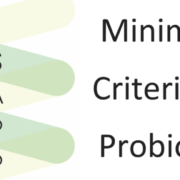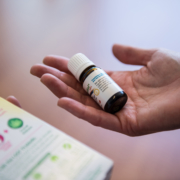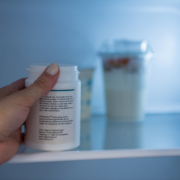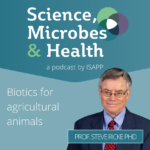Postbiotics: A global perspective on regulatory progress
By Dr. Gabriel Vinderola PhD, CONICET, National University of Litoral, Argentina
While the conceptualisation of postbiotics varies among scientists, some recent actions may suggest that regulatory agencies around the world are starting to align with the ISAPP definition (Salminen et al. 2021), understanding postbiotics as preparations of inanimate microorganisms able to confer a health benefit.
Before the May 2021 publication of the postbiotic consensus definition by an expert panel convened by ISAPP, a search in www.pubmed.com using the term postbiotics rendered around 320 entries in the period 1975-2021. Three years after the ISAPP publication, by August 2024, almost 1200 entries could be found. However, it is still to be examined how many of these entries use the term postbiotics to refer to (1) administered metabolites, (2) metabolites produced by the gut microbiota or (3) inanimate microbial preparations, the three most prevalent conceptualizations of the term. A future bibliometric analysis of the literature could be performed to shed light on this. Meanwhile outside academia, the discrepancy in postbiotic definitions continues: some companies market specific metabolites as postbiotics whereas other companies use the term postbiotics to refer to heat-inactivated lactobacilli.
The first movement I noticed towards potential regulatory adoption of the term was made by Health Canada, as suggested in a presentation by an officer at Probiota 2023 in Chicago last year. The presentation shared the ISAPP definition, stating that postbiotics would fall under the Natural and Non-Prescription Health Products Directorate (NNHPD), that some probiotic specifications may apply (strain specification, antibiotic resistance, etc,), and that quantification, in principle would be based on milligrams, expecting that more sophisticated and accurate methodologies would arise over time. This issue was addressed further in a Discussion Group in the recent ISAPP meeting at Cork (Ireland) – see the annual meeting report here. Presently, there is only one entry for the word postbiotics in the Health Canada webpage, where it is stated that “gut modifiers as livestock feed are products that, once fed, have a mode of action in the gastrointestinal tract of an animal. The gut modifier category can encompass a variety of feed ingredients, these ingredient types may include, but are not limited to viable microbial strains, prebiotics, postbiotics, enzymes, organic acids and essential oils”. However, no further indications of the meaning of the term postbiotic are stated on the website.
In January 2024, the trade journal Nutraingredients announced that the China Nutrition and Health Food Association (CNHFA) had decided to draft industry standards for quantifying postbiotics or inactivated cells and were rallying industry players and the public to take part in the draft process through a public consultation. The National Institutes for Food and Drug Control (NIFDC) was leading the process and it had drafted flow cytometry standards to measure postbiotics composed of inactivated cells of lactic acid bacteria. In addition, a fluorescent quantitative PCR detection method had been drafted for inactivated Bifidobacterium lactis cultures. In correspondence with the NIFDC, it was discussed that a direct counting method using a standard microscope for single culture postbiotics was being explored.
The TGA (Therapeutic Goods Administration) is the Australian body that regulates medicines, medical devices and biologicals. The TGA recently published a guidance to provide information for applications relating to microorganisms as active ingredients for use as new substances in listed medicines (the category which includes the majority of dietary supplements marketed in Australia), or as active ingredients in registered complementary medicines (RCM). Listed medicines and RCM containing microorganisms as active ingredients are generally referred to as probiotics or postbiotics. For the purpose of this guidance, microorganisms are whole and intact cells of bacteria and fungi (including yeasts) that are live or non-viable. This guidance is intended for the premarket assessment of new live and whole/intact non-viable microorganisms potentially used as probiotics and postbiotics. Interestingly, the guidance does not include cell fragments, which have different pharmacokinetics within the gut. It is worth noting that Australia is part of the ACCESS Consortium, consisting of Australia’s TGA, Health Canada, the UK’s MHRA, Swissmedic from Switzerland and Singapore’s Health Sciences Authority. However, it’s not yet known whether the ACCESS Consortium will take inspiration from the Australian guidance.
Which scientific publications may be influencing these regulatory directions? At the beginning of this blog I discussed the possibility of conducting a bibliometric analysis of the literature in order to find out how the term postbiotic has been used so far in relation to the different conceptualizations it may have. Surprisingly to me, a bibliometric analysis was published as a preprint last February at www.preprint.org and entitled “Who is qualified to write a review on postbiotics? A bibliometric analysis”. Authors indicated that between November 2021 and December 2023, 76 review articles were published on postbiotics, with a mean of almost 3 reviews per month. Authors concluded that a portion of this collection of work was written by first authors with no previous engagement with related research and lacking colleagues or mentors involved with microbiome/probiotics research to support them as senior authors. Our article “The Concept of Postbiotics”, in collaboration with Dr. Mary Ellen Sanders PhD and Prof. Seppo Salminen PhD ranks in third place among the top 10 publications according to the number of citations received.
While the academic and scientific sphere still debate the proper meaning of the term postbiotics, it seems the regulatory landscape for postbiotics is progressing to consider them to be preparations of inanimate microorganisms able to confer a health benefit, as proposed by ISAPP.

